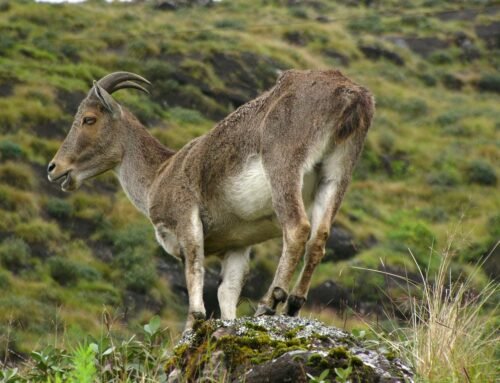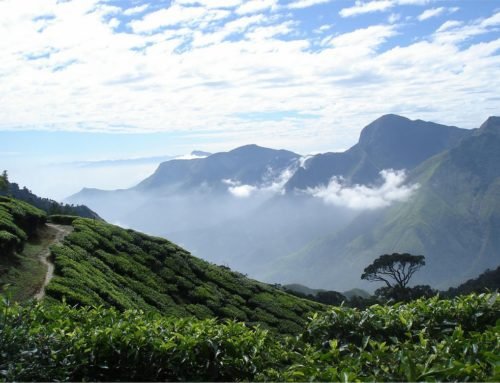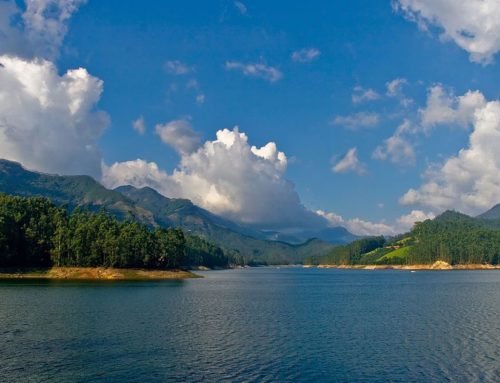Overview
- Features: Sandalwood forests, burial chambers, rock paintings
- Opening Times: Dawn to dusk, daily
- Best Time to Visit: March to May
- Duration: Half a day
- Travelled By: Private car
- Cost: Free
- Address: Marayoor, Kerala, India
- Type: Natural wonder
Author Reviews[display_rating_item_results rating_form_id=”2″ rating_entry_ids=”1″ show_category_filter=”false” show_options=”true” result_type=”star_rating” preserve_max_rating=”true” show_title=”false” show_count=”false” ]
Total Rating: [display_rating_result rating_form_id=”2″ show_count=”false” show_rich_snippets=true] [accordions load=”1″] [accordion title=”User Reviews” last] [display_rating_item_results rating_form_id=”5″ show_options=”true” result_type=”star_rating” preserve_max_rating=”true” show_title=”false” show_count=”true” show_rich_snippets=true] [/accordion] [accordion title=”Add Review”][display_rating_form show_email_input=”true” show_comment_textarea=”true” show_name_input=”true” rating_form_id=”5″] [/accordion] [/accordions]
Summary
The enchanting tourist destination of Marayoor offers diversity in every aspect. Apart from the Dolmenoid cists in Muniyara, Marayoor is famous for its natural sandalwood forests and pre-historic rock paintings. It is also the only place in Kerala that has a natural growth of sandalwood trees.
Marayoor: The Land of Sandalwood Trees
Located forty km from Munnar, Marayoor (“Land of the Mountains”) is a rain shadow village lying on the eastern side of the Western Ghats. Referred to as heaven on earth, exotic and pristine Marayoor is a unique place where beauty meets adventure. The enchanting tourist destination of Marayoor offers diversity in every aspect – hamlets, rocky hills, rivers, brooks, cave temples, paddy and sugar cane fields, waterfalls, sandal wood and bamboo forests. This rain shadow region, blessed with abundant natural beauty and wildlife, attracts tourists from all over the world. Apart from the Dolmenoid cists (Dolmenoids were burial chambers made of four stones placed on edges and covered by a fifth one called the cap stone) in Muniyara, Marayoor is famous for its natural sandalwood forests and pre-historic rock paintings.
[singlepic id=1078 w=720 h=560 float=center]
Marayoor is the only place in Kerala that has a natural growth of sandalwood trees. Due to its location in the rain shadow belt of the Western Ghats, Marayoor possesses the best types of sandalwood trees owing to the reduced rainfall which favours its abundant growth.
Sandalwood tree, (Santalum album) is a parasitic tree which has fragrant and close-grained yellowish heartwood. About sixty thousand choice sandalwood trees grow over the 93 square kilometers of low rainfall tract in Marayoor. To get commercially valuable sandalwood with high levels of fragrant oils, the Santalum trees need to be at least eight years of age and ideally fourteen years of age. Unlike most trees, sandalwood is harvested by toppling the entire tree instead of sawing them down at the trunk. This way, valuable wood from the stump and root can also be sold or processed for oil.
[singlepic id=1081 w=720 h=560 float=center]
Marayoor claims to be a part of the Stone Age Civilization that is as old as 10,000 B.C. The town houses ‘muniyaras’ or stone coffins with underground tunnels, murals and relics which date back to the New Stone Age civilization (Neolithic period). These cave-like structures, resting on vertical rocks, are present everywhere; these stone slabs resemble crudely-made boxes.
It is believed that the mythical Pandavas in exile camped in Marayoor. There are paintings depicting the legendary wanderings of ‘Rama and Sita’ and the ‘Pandavas’ inside the caves. The Pandava caves and the muniyaras (rock dwellings of ancient sages) can be seen in Marayoor today.
Due to the thick cultivation of sugarcane, sarkkara (jaggery or molasses) is also produced in Marayoor. Huge cane crops can be seen in the valley as one descends the hill.
Marayoor is still a pristine, celestial and unexplored tourist spot when compared to Munnar, one of the most sought after hill stations in India. The land and its unique dolmens, caves, rock edicts and engravings is testament to Marayoor’s rich heritage. The place is also an excellent trekking spot for adventure seekers.
Getting to & from Marayoor
Buses from Munnar stop at Marayoor; it takes about 1 to 1.5 hours by bus. Alternatively, you can hire an auto rickshaw, taxi or private car for the day and visit the nearby Chinnar Wildlife Sanctuary and Thoovanam Waterfalls as well.








Hi,
I will be visiting Munnar in June and would like to go to Marayoor as well. How long does it take to get from Munnar to Marayoor by car?
Hi Devin,
Marayoor is located 40 kms from Munnar so it will take about 1 1/2 hours by car.
June is one of the wettest months in the year and the roads in Munnar get very wet and slippery. So please take care when you visit Munnar in June.